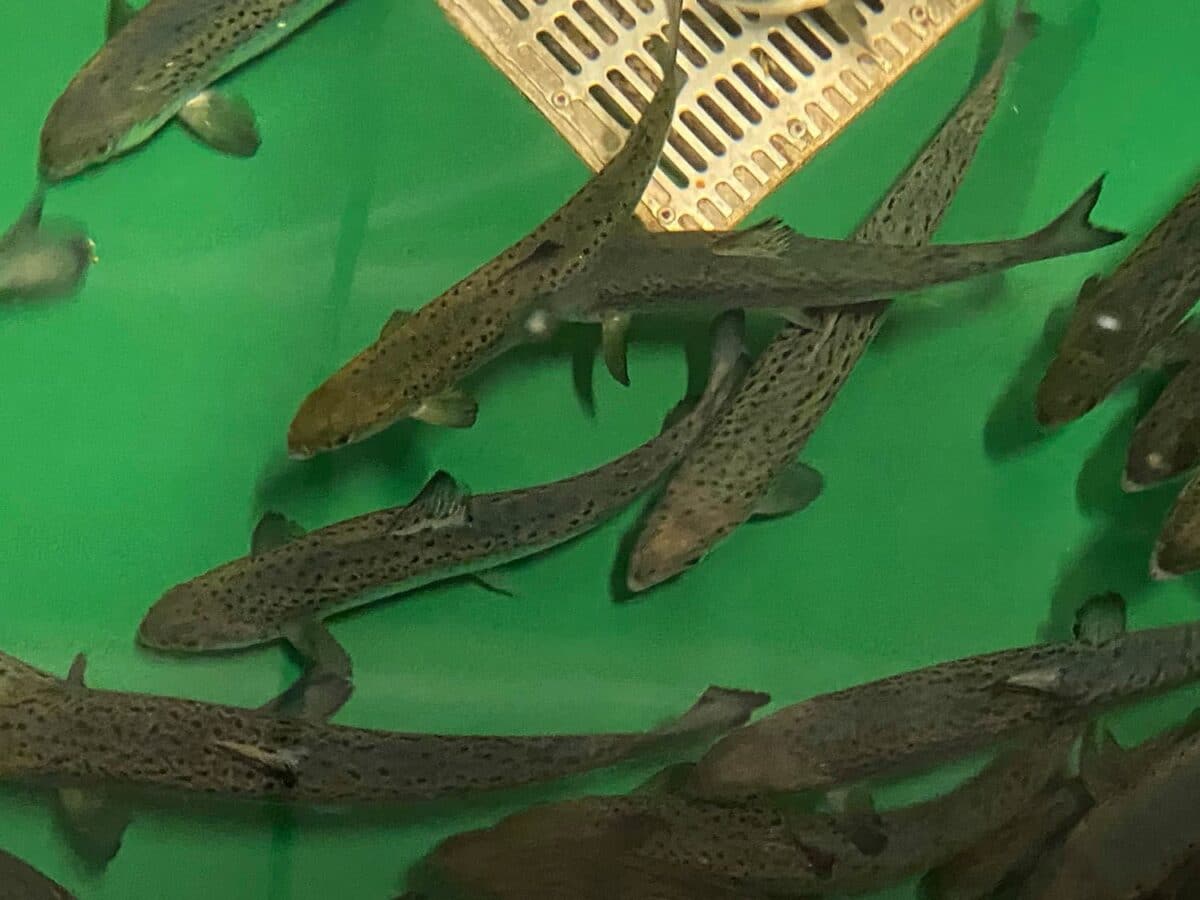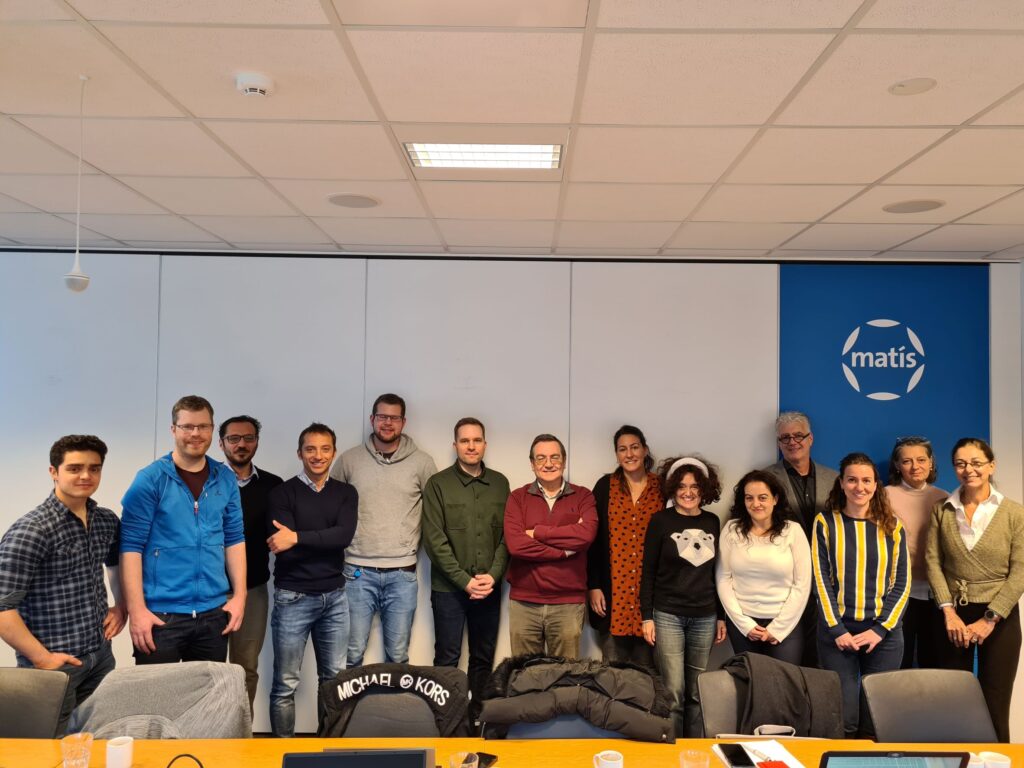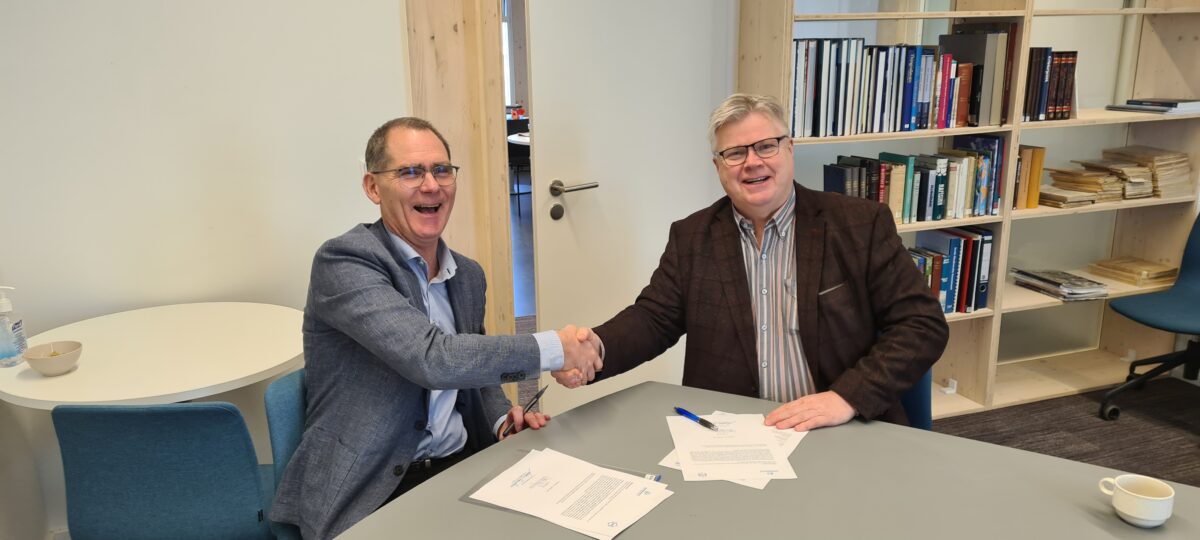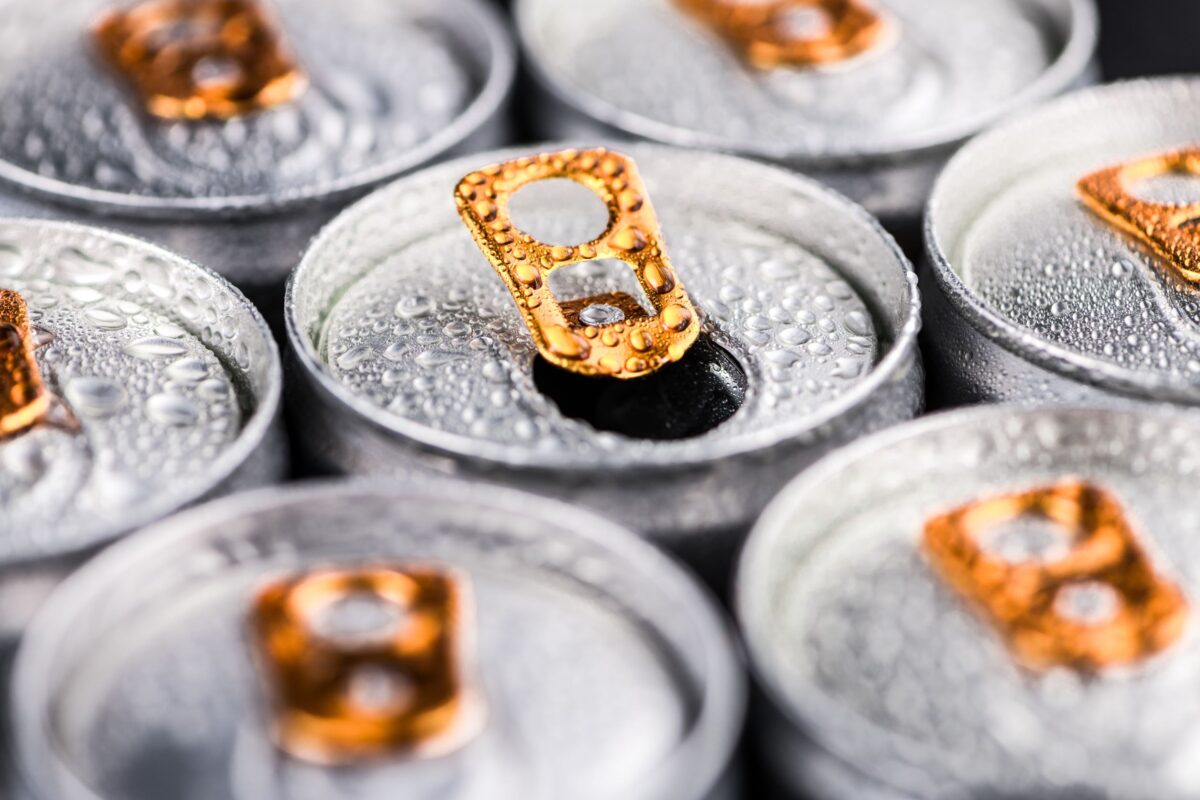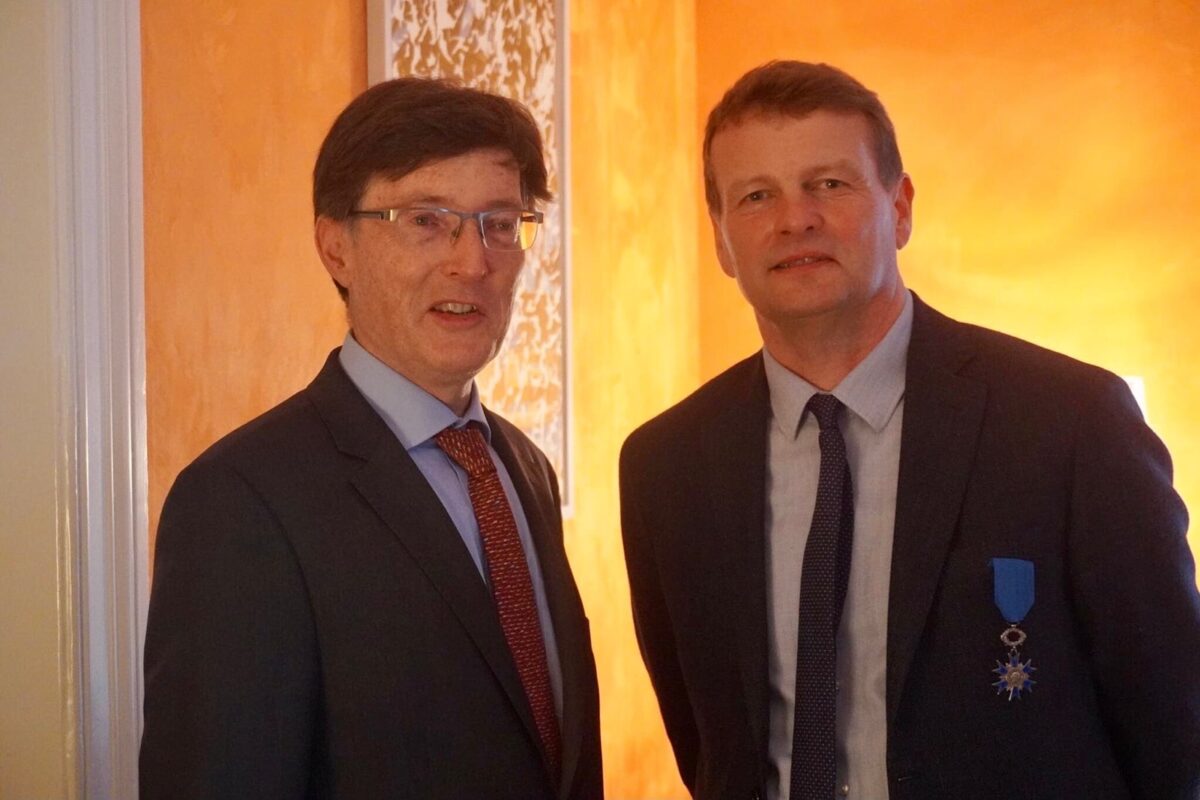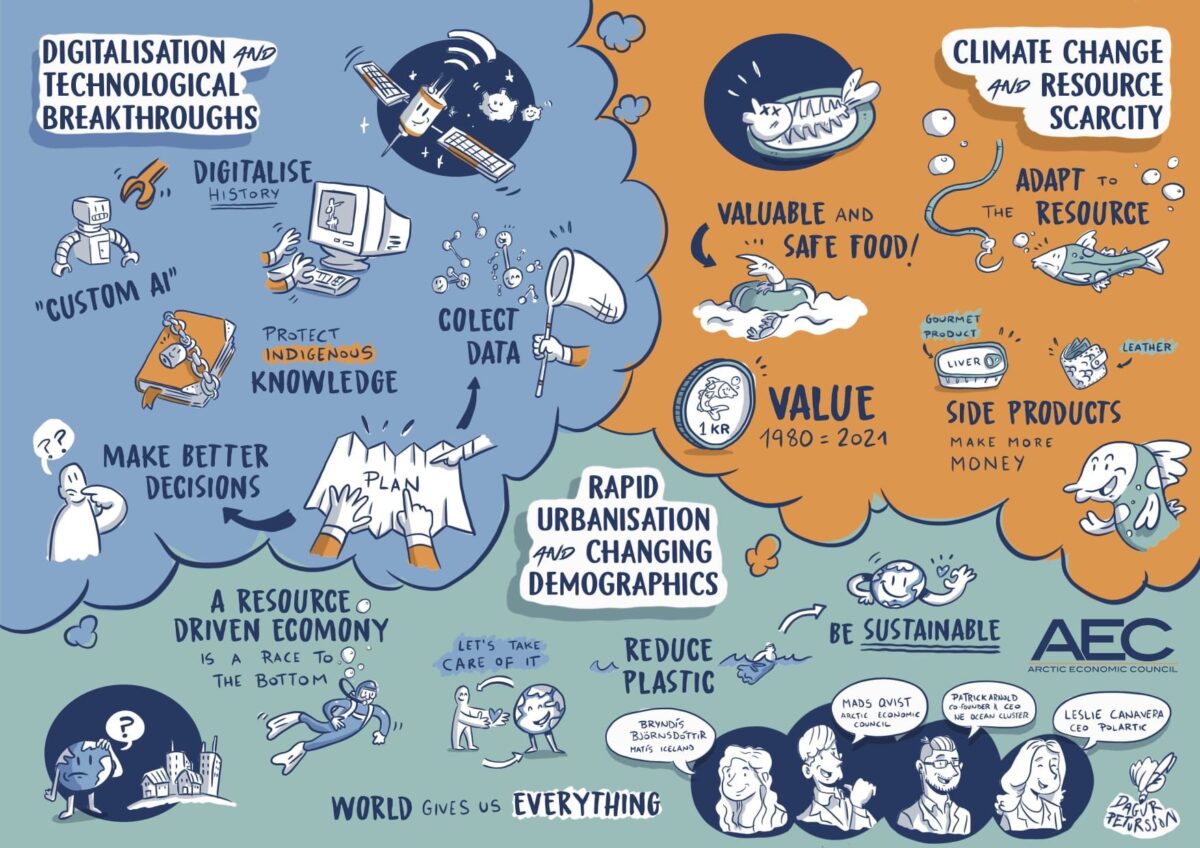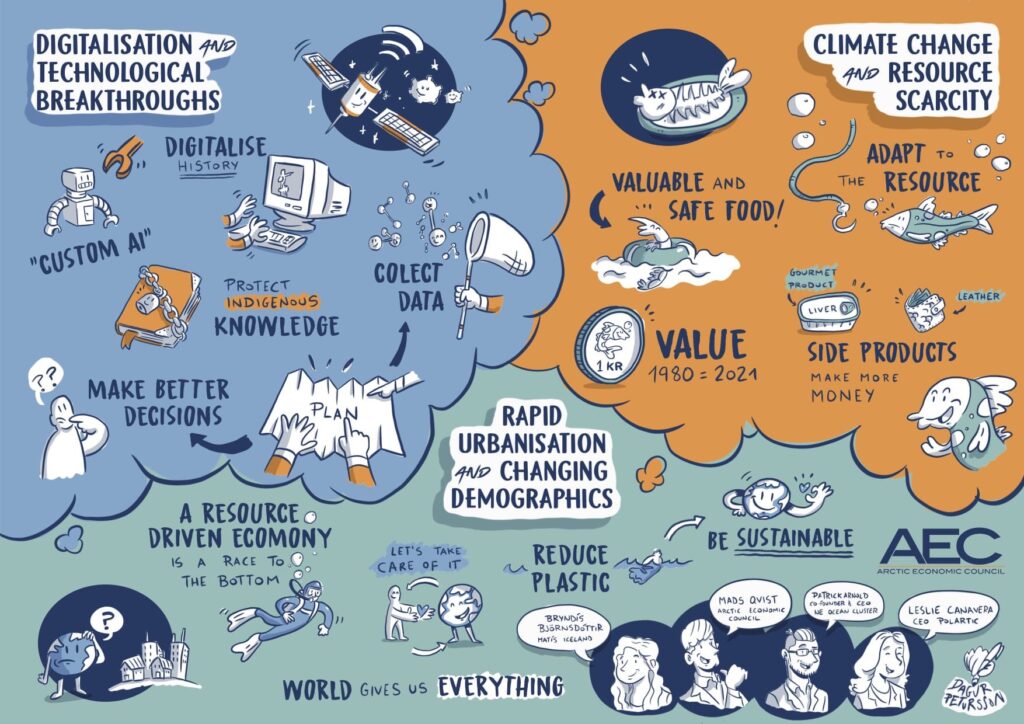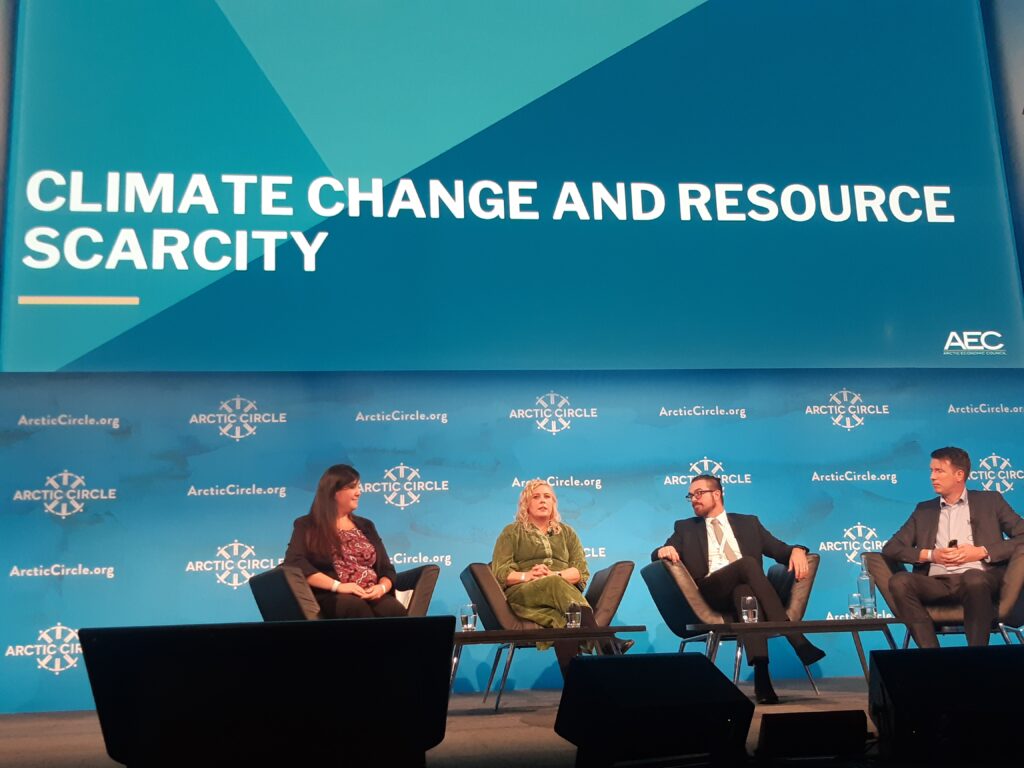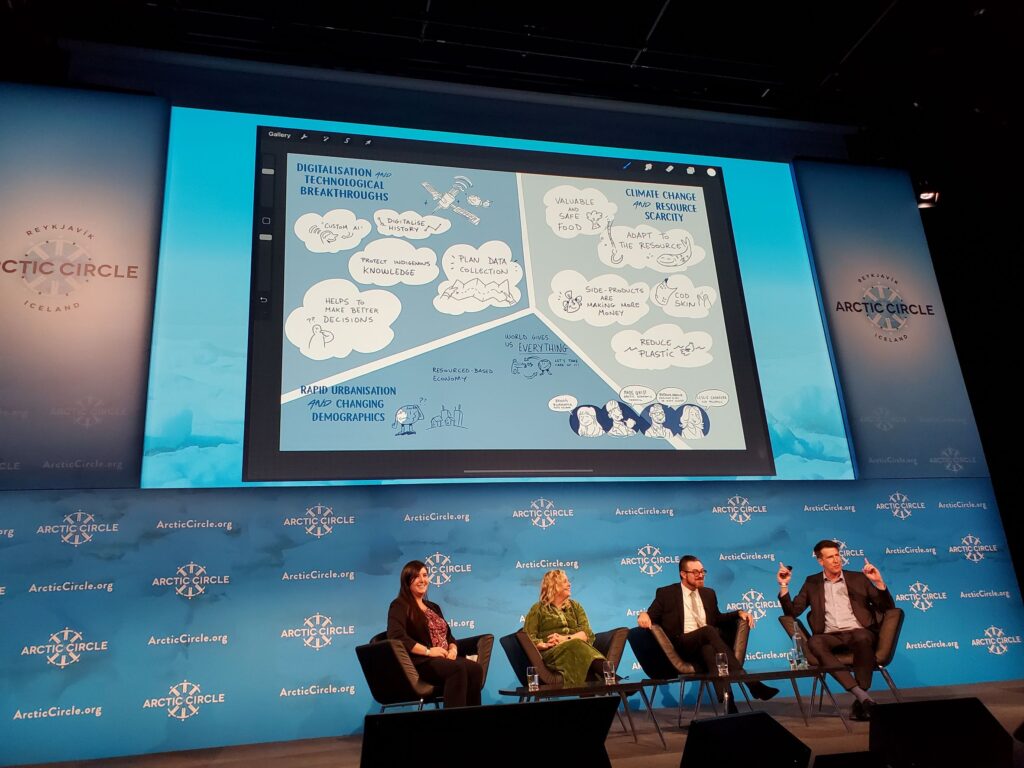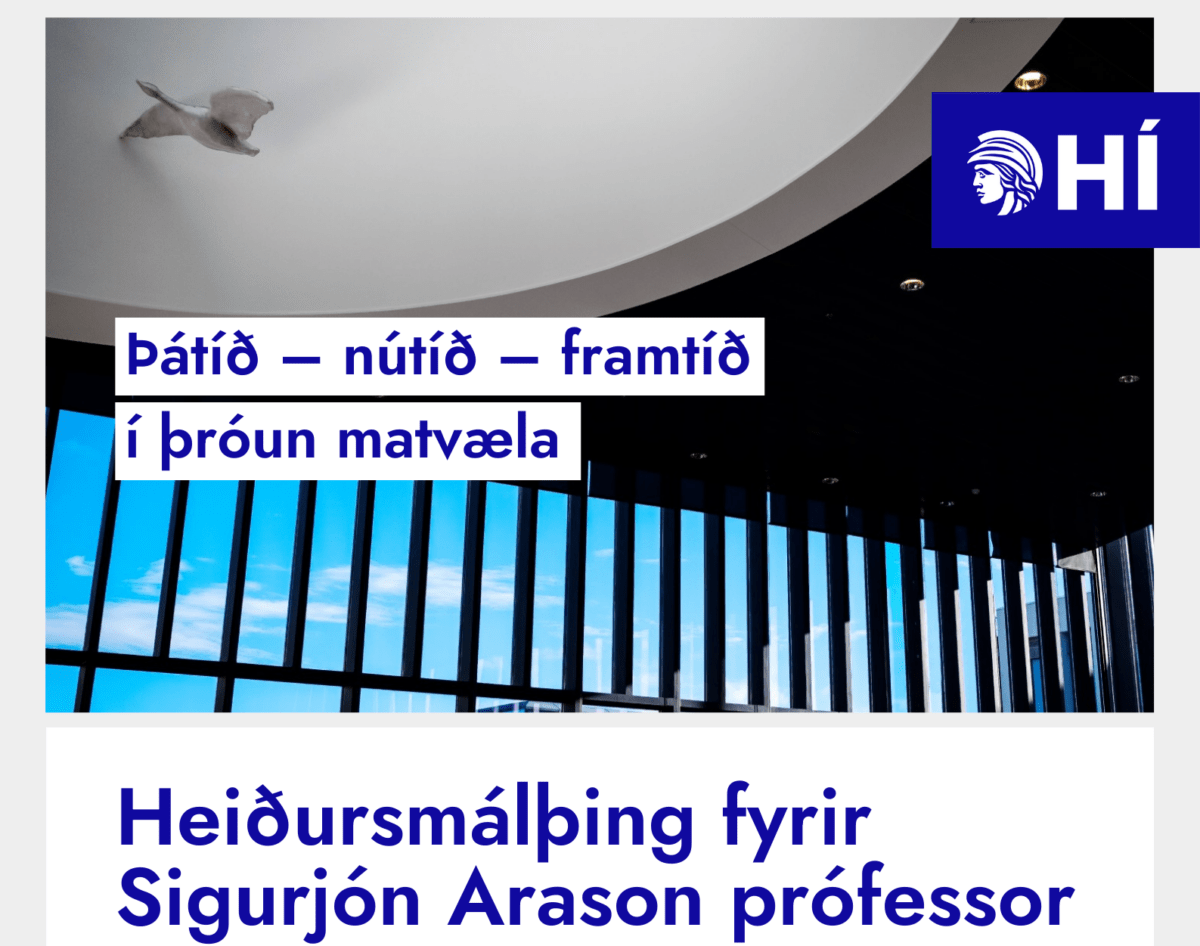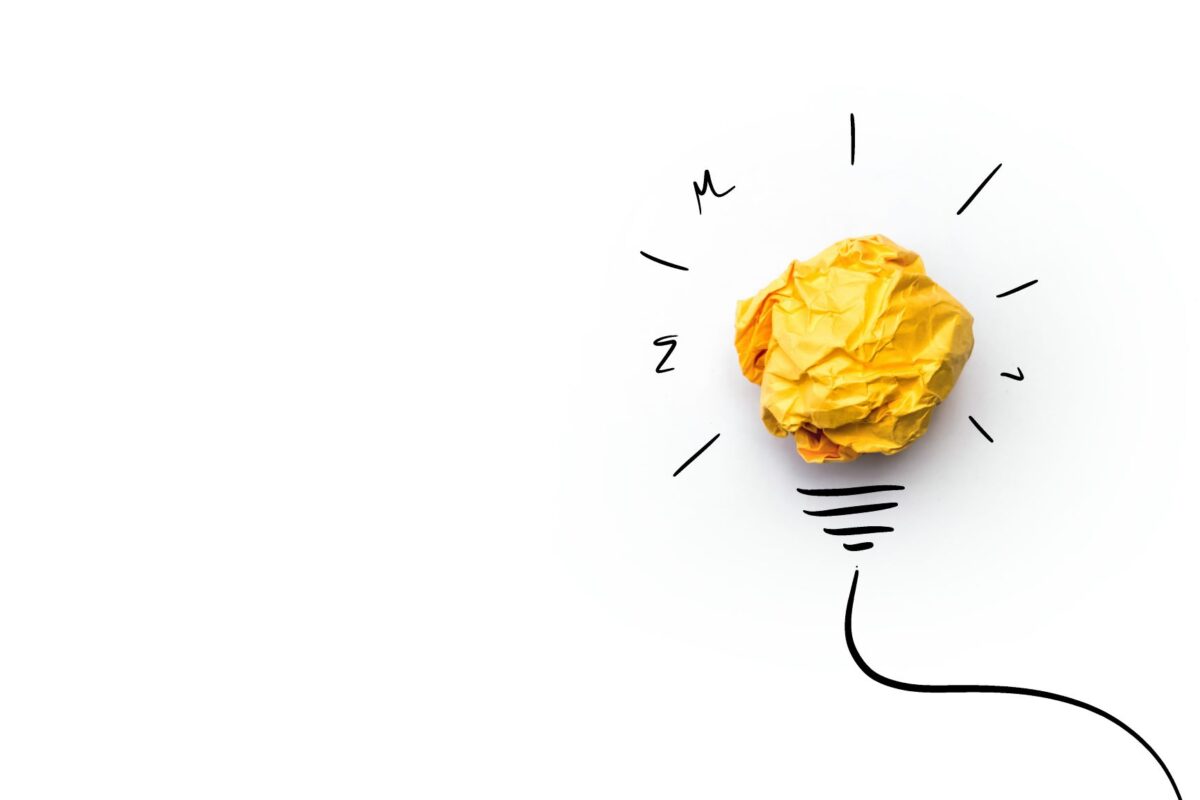In this report the results of work on development of new and innovative ready to use seafood products using a revolutionary technology, 3D food printing, are described. The aim of the work was to develop quality, safe and stable ready-to-use seafood products for 3D food printers and additional applications from low value byproducts. Key results included: (a) development of 3D printed seafood formulations, including parameters to make quality product (b) ready to use base formulations for 3D food print cartridge applications (c) showcase recipes and designs for introductions of 3D food printing and seafood to future end users (d) course / educational material to educate people in the use of 3D printing of underutilized seafood sources.
The outcome of this work can be applied to further research areas such as how new innovative processing and preparation appliances can be adapted to complex raw materials like byproducts from seafoods. The findings can as well be applied in HORECA environments where appealing and nutritious custom-made 3D printed portions and dishes can be created from low value byproduct seafood raw materials. The methods and procedures developed and the learning from the work can be applied to other complex raw materials and new innovative emerging food raw materials (eg algae, single cell protein, insects etc) to make consumer friendly products in a format that is appealing to consumers .
_____
This report describes the results of work on the development of new marine products using revolutionary technology, three-dimensional food printing. The aim was to develop new and original seafood products from low - cost raw materials for use in 3D food printers. The main results were: (a) development of recipes and processes for 3D printing of different seafood (b) artificial basic formulas for 3D print cartridges (c) exhibition recipes and design to introduce 3D printing and seafood to future users (d) study materials / educational materials to educate people about the use of 3D printing on underutilized marine products.
The results of this work can be used in further research such as how new technologies can be adapted to complex raw materials such as by-products from seafood. The results can also be used in restaurant operations where you can create attractive and nutritious custom-made 3D printed portions and dishes from low-cost seafood. The methods developed in the project can then be transferred to other complex and / or innovative raw materials (eg algae, unicellular proteins, insects, etc.) to prepare consumer-friendly products in a form that appeals to consumers.


